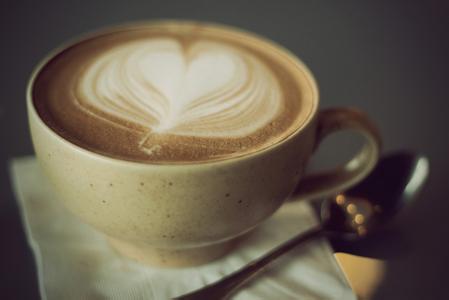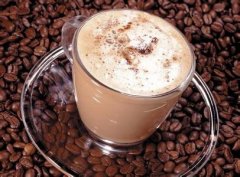Coffee roasting degree and characteristics basic knowledge of Coffee

From the point of view of the baking degree, the deeper the baking degree, the stronger the bitter taste; the lighter the baking degree, the stronger the sour taste. The choice of baking degree depends on the characteristics of the coffee bean itself. for coffee beans with strong bitterness and light sour taste, they generally choose a moderate and shallow roasting degree.
1. Shallow baking (Light)
The most mild fried culture, no fragrance and concentration to speak of, the beans are not yet ripe, with the green taste of raw beans, not suitable for grinding and drinking. It's usually used as an experiment.
2. Deep shallow baking (Cinnamon)
Also known as cinnamon baking, for the general popular degree of frying, leaving a strong sour taste. The color of beans is quite similar to that of cinnamon, so it is also called cinnamon baking and its sour taste is aggravated. It is favored by people in the western United States.
3. Shallow medium baking (Media)
The color deepens, easy to extract the original taste of coffee beans, mellow, sour and delicious. Mainly used for mixing coffee.
4. Medium baking (High)
Coffee has a stronger flavor and a lighter sour taste, which is the general roasting method of coffee beans. The sour taste is neutralized and bitter, suitable for coffee such as Blue Mountain and Kilimanjaro. It is loved by Japanese and Nordic people.
5. Deep medium baking (City)
Also known as city baking, bitter taste is stronger than sour taste, almost no sour taste, unique flavor. Coffee suitable for Colombia and Brazil is very popular in New York.
6. Normal baking (Full City)
Also known as city-wide baking, suitable for brewing iced coffee. No sour taste, mainly bitter taste, bitterness will be aggravated, but high-quality beans will have sweet taste. It is used for iced coffee and is preferred by people in Central and South America.
7. French baking (French)
French baking method, slightly black color, strong bitterness, but also ooze oil, bitterness and concentration are deepened. Coffee used for steam pressurizer.
8. Deep baking (Italian)
Also known as Italian baking, the deepest baking degree, the beans are black and bright, the surface is oozing oil, the bitterness is very strong. At this stage, coffee beans have been seriously carbonized, and it is difficult to distinguish the taste of one kind of coffee bean from another. For Italian steam pressurized coffee
Important Notice :
前街咖啡 FrontStreet Coffee has moved to new addredd:
FrontStreet Coffee Address: 315,Donghua East Road,GuangZhou
Tel:020 38364473
- Prev

Coffee basic knowledge Coffee roasting process and stage characteristics
Most people think that baking is nothing, just frying the raw beans with fire. In fact, in the process of coffee processing, roasting is the most difficult step, it is a kind of science, but also an art, so in Europe and the United States, experienced roasters enjoy a highly respected status. The baking process can be divided into the following three stages: 1. Drying in the early stage of baking, raw beans boil
- Next

Coffee common sense Coffee roasting characteristics around the world
Cities all over the world have their preference for frying and baking. In Tokyo, micro-deep medium baking is more popular, but slowly it also tends to deep baking. In the West, deep baking has been popular since ancient times. New York, as its name suggests, generally prefers urban baking, but because it is inhabited by different races, it sells coffee with different roasting levels.
Related
- Beginners will see the "Coffee pull flower" guide!
- What is the difference between ice blog purified milk and ordinary milk coffee?
- Why is the Philippines the largest producer of crops in Liberia?
- For coffee extraction, should the fine powder be retained?
- How does extracted espresso fill pressed powder? How much strength does it take to press the powder?
- How to make jasmine cold extract coffee? Is the jasmine + latte good?
- Will this little toy really make the coffee taste better? How does Lily Drip affect coffee extraction?
- Will the action of slapping the filter cup also affect coffee extraction?
- What's the difference between powder-to-water ratio and powder-to-liquid ratio?
- What is the Ethiopian local species? What does it have to do with Heirloom native species?

